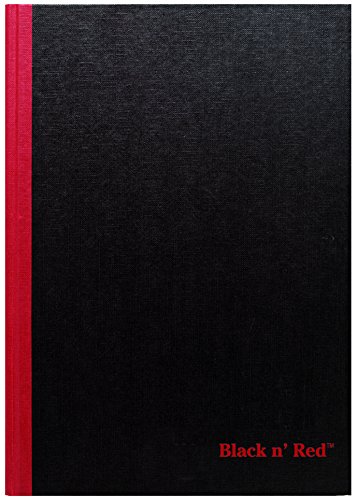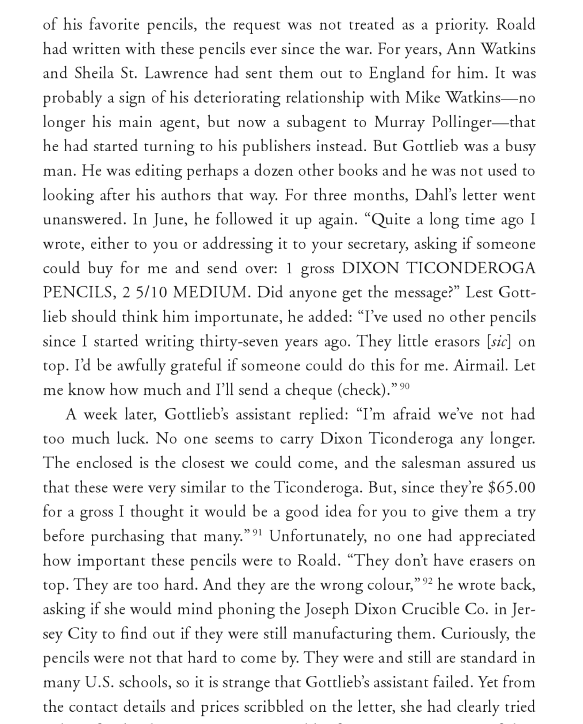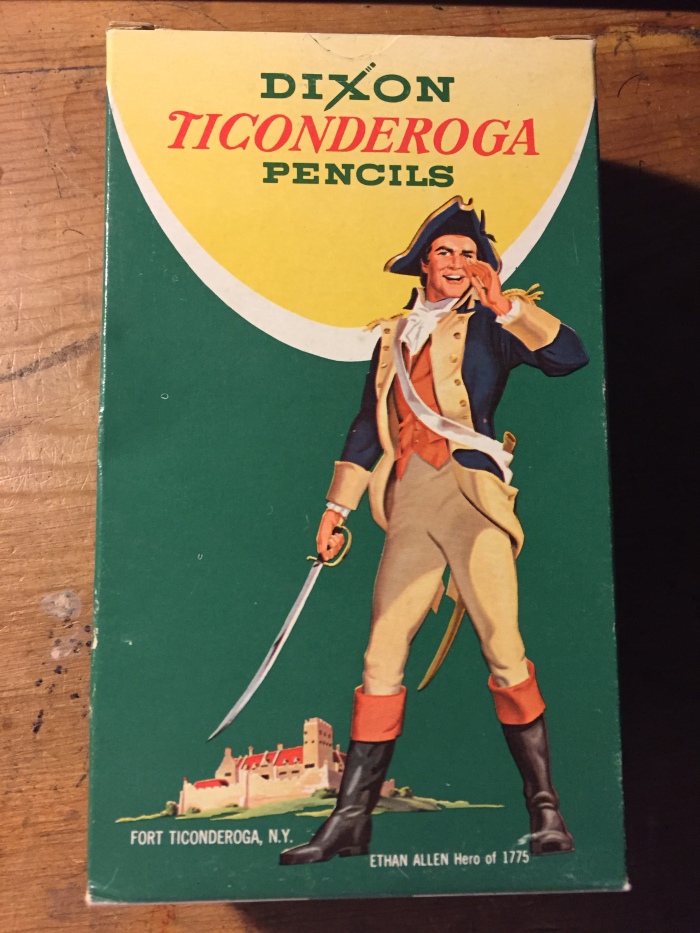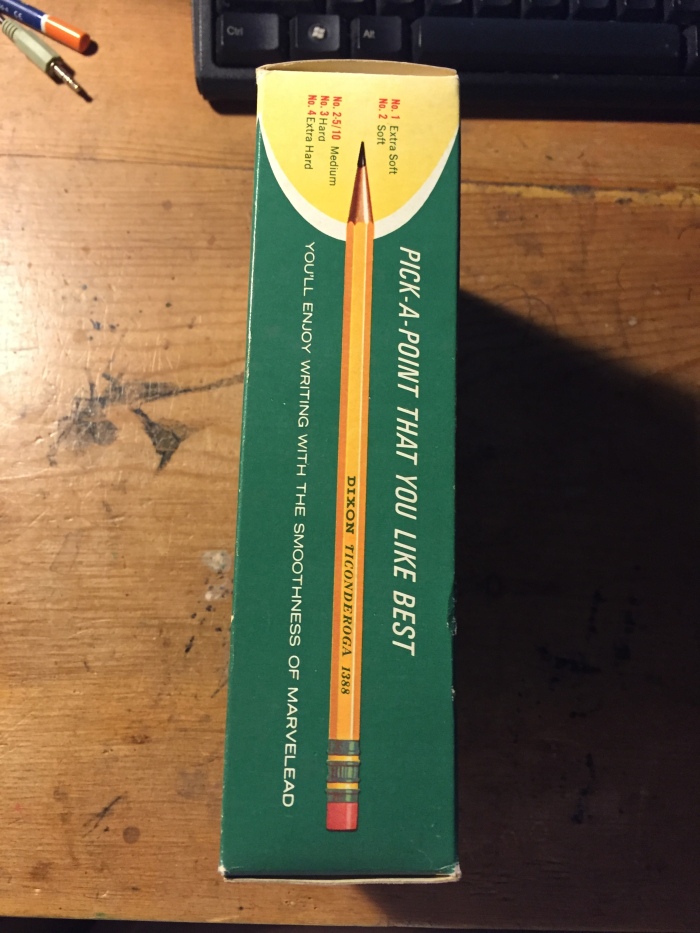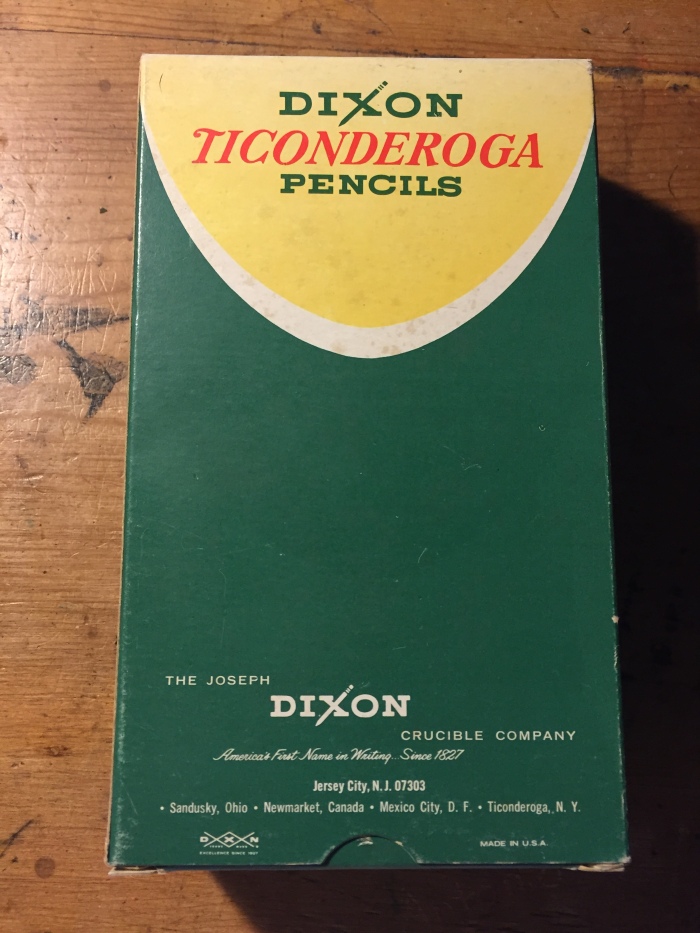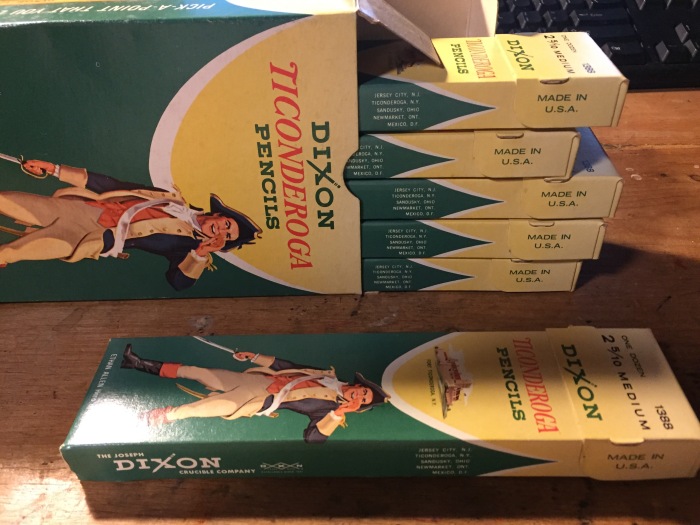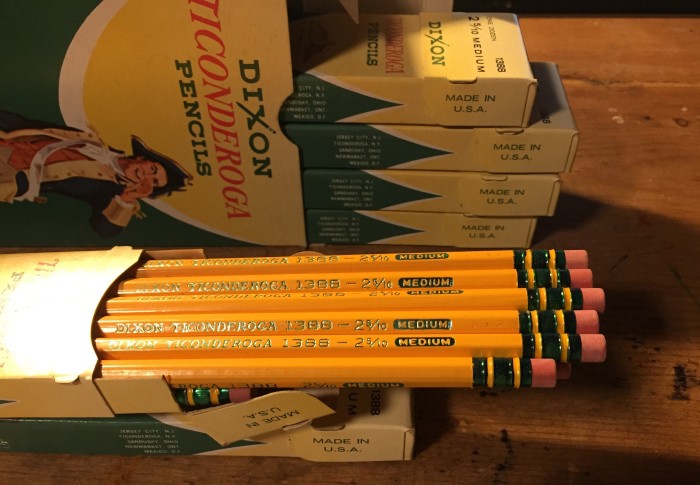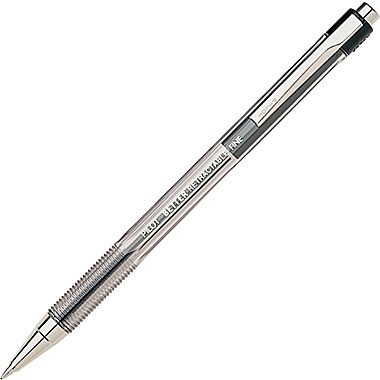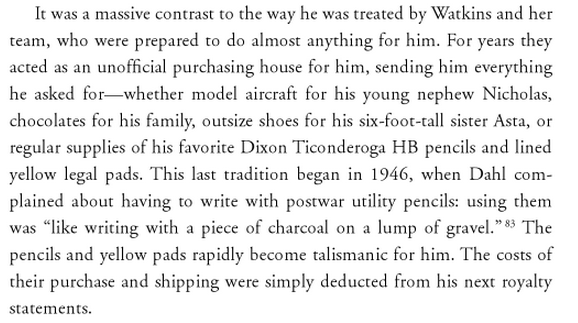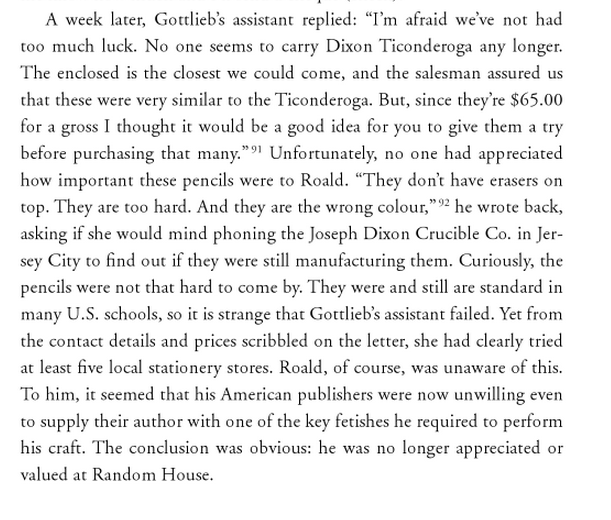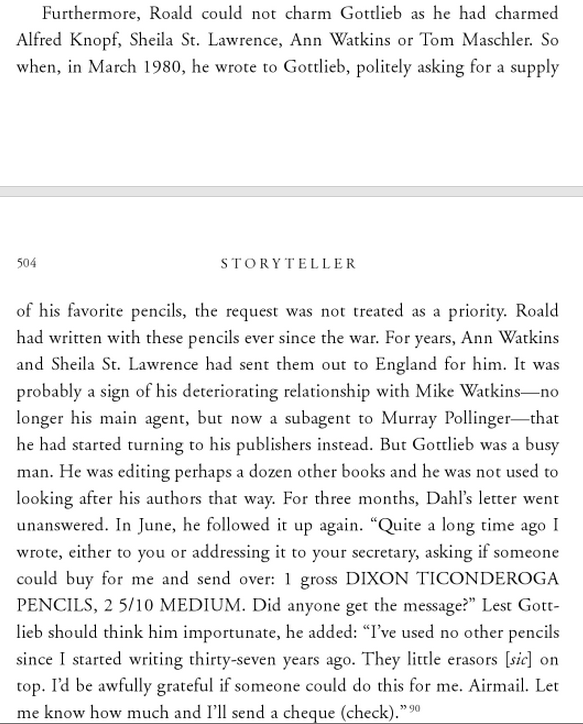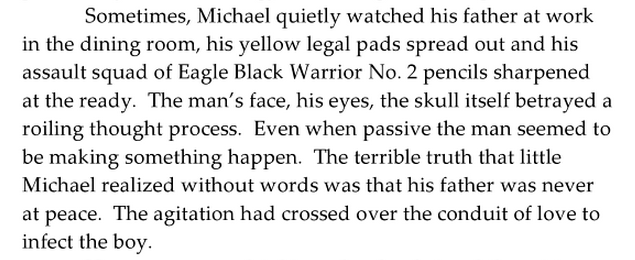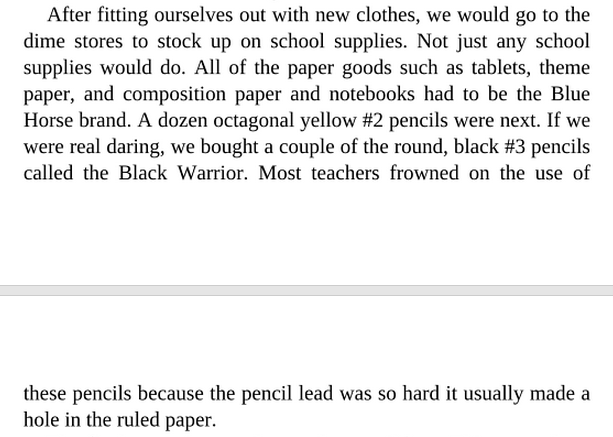What I recommend:
Given what you know about pencils —and you should develop that knowledge – look for a variety of pencils, search using specific terms, or use general terms, and item numbers. You never know how someone has chosen to identify their pencils for sale.
Search by brands, and by color, and buy in lots, make offers, and explore pencils in your general area of interest. Develop a general area of interest. I generally only do American pencils. I don’t go looking for German Staedtlers or Japanese Hi-Unis or German Faber-Castells, although I own them and respect their quality. I don’t go looking for artist pencils, although I’m an artist – I know all true artist pencils are going to be good. But I’m good there. Trust me, I don’t need anymore. No matter how broad your specialty, specialize.
Know what you’re bidding on – There’s no getting around it. Unless you grew up around a variety of pencils and you just know your pencils (lucky you), you will have to pay to become familiar with the products out there. You will get burned. That’s okay. Learning costs money.
You have to know the history of pencils. Pick up a book, or two or three. Pick up Petroski’s Pencil book and refer to it when you have a question about what you’re looking at online. Understand that markings on a pencil change over time. The brand by itself is not enough. Brands change hands, manufacturing companies change hands, factories and countries of manufacture change, quality changes (sometimes it gets better, sometimes worse). Again, be ready to eat some bad purchases. Look at the pictures, read the descriptions. And don’t buy from sellers with a history of poor reviews.
Here’s a formula that I wish I would always use when buying pencils. It can probably be improved upon.
I’ll define some terms:
General use – I’m a user of pencils so I consider how much use I can make of a pencil, even knowing that I will never use more than a fraction of what I have. My general use art pencils range between 2Bs and a 2H. For writing, I can use anything between a 2 and a 3. A number 1 is too soft for writing for me.
Special use – these are your specialty pencils. These are special use because they may not be pencils that you use on a regular basis. For me, these are 3Bs. I’ll use them when I want to get a very raw line and anything between between a 3H and a 5H.
Very limited use – How many yellow pencils can you use. How much are you willing to spend on pencils that you won’t use very much? Maybe you can change these to special use by switching the paper. I didn’t have much use for my Berol made Eagle yellow ochre Verithins until I needed to draw, a lot, on rolls of black paper; I didn’t have much use for my Venus yellows until I started using them alongside other colors. I’ll play around with a 6H.
No use – Don’t count these when making a purchase. I really don’t need a white pencil ( I think). I don’t need pencils with plastic leads for writing on film– these are the filmograph pencils. I can count with two hands how often I’ve used 9Hs, 8Bs, etc.
Use Total Cost: Seller price + taxes + shipping
Use a per pencil cost calculation: Total Cost/count of pencils
In general, I heed the per pencil cost, to keep me grounded. I don’t want to regret my purchases. I’ll pay more for sealed, boxed, or cased (boxes inside of boxes) — cellophane is so awesome — or what is otherwise in new-in-box quality. It’s amazing to me that quality pencils have survived 60, 70 years in exceptional condition. Condition matters. I don’t mind dusty pencils – a good wiping restores them. But a pencil can be damaged. The wood can be split. Poor storage or just normal oxidation can wreck a pencil’s ferule. I hate pencils with used erasers. I don’t mind a few sharpened pencils. I was going to sharpen them anyway. I don’t like them all sharpened, unless they’re sharpened by the manufacturer. I know that Dixon ferules are susceptible to splitting from age and oxidation – the metal is so thin. I don’t hold that against them.
If a pencil has general use appeal – for example, if it’s a pencil that can be used in everyday writing or drawing – then it’s a straight bulk price sliding scale.
The sliding scale:
Sometimes you just want to have a particular pencil, so you’re willing to pay a higher per dollar amount. For me, that’s a dollar a pencil for special situations – like, I really want this Vermilion Green old timey Colorbrite – fine, I’ll pay 15 bucks total for a dozen. You should pay less on a per pencil basis if buying in bulk, though. So, if you’re willing to pay a dollar a pencil per dozen, maybe you should be willing to pay no more than 50 cents per pencil at volumes of 3 dozen; 25 cents at 6 dozen; 15 cents at 10 dozen, 10 cents at 15 dozen. Now, I’ve purchased in bulk single color, single make pencils, because I just had to have them — this is the case with the Venus Postal Reds for which I paid 70 cents per pencil for six dozen. But in general, if what you’re getting is a whole bunch of the same or very similar (all reds) then you should price the pencils down if more doesn’t mean better for you . Consider the quantity and lower what you’re willing to spend for the same type of pencil in bulk. Am I willing to pay 30 cents for all reds at quantities of 200? This is actually something that I’m contemplating and so far I’m saying no. Twenty cents? Sure. Put me down for that.
